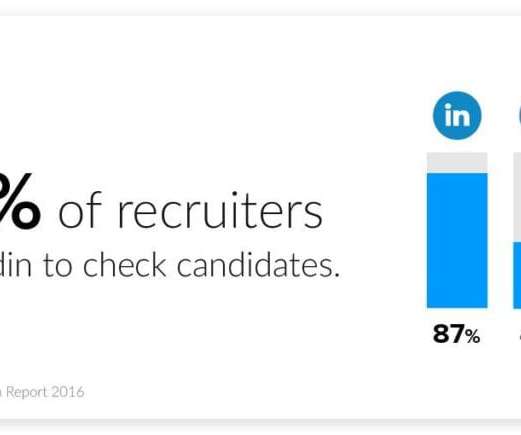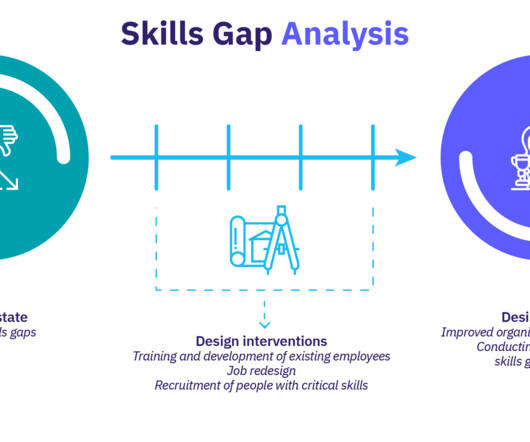Build vs. Rent: Don’t Crash on the Do-It-Yourself Iceberg for Workforce Intelligence
Visier
MAY 17, 2016
Rent” is a common dichotomy in technology buying, but what does it mean when applied to workforce intelligence? Recently, I learned about a large software organization’s quest to build a workforce analytics solution. And this only includes the workforce analytics component of the solution. Product updates.


























Let's personalize your content